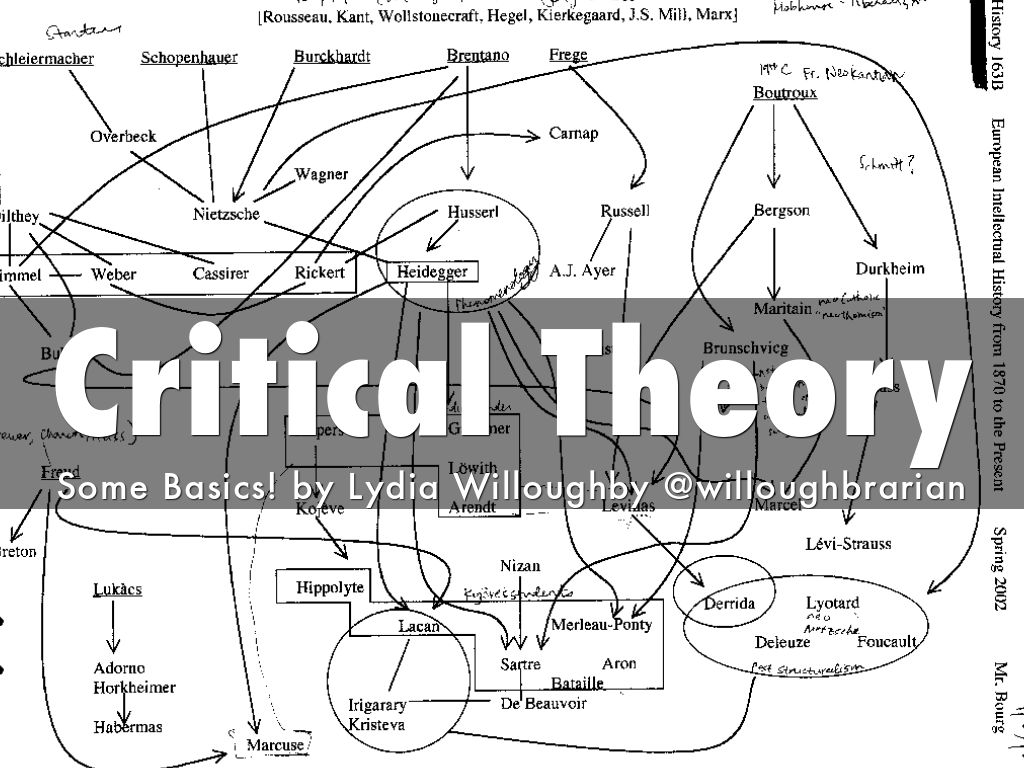Cross-Cultural Research
Cross-cultural researchers examine differences and similarities between different groups in society. A concern with culture and cross-cultural research permeates a range of disciplines, including anthropology, sociology, sociolinguistics, cultural studies, and social work.
Part of the difficulty in defining and separating cultures is that what they consist of can be based on a variety of characteristics, including race, gender, and age. There has been interesting research, for example, on youth culture, lesbian culture, and drug and gang culture. Cross-cultural research in these examples would refer to behavior and beliefs characterized by age, sexuality, and lifestyle. However, cross-cultural research is often seen as being about race, ethnicity, and (more recently) religious differences.
Researchers have studied cultures using a variety of methods, including interviews and ethnographies. Interviews are usually loosely structured to allow participants to put forward their concerns and perspectives. Interviewers can use a variety of theoretical approaches to inform their interviewing, including the increasing use of biographical narrative theories to situate lives within the context of the culture they are examining.
Some of the issues addressed by cross-cultural interviewers are also of concern to ethnographers, and ethnographers may use interviews to collect some of their data.
There are differing views about the period of time needed to study a culture in this way as well as the status of the findings. Some researchers believe that it is a way of finding “the truth” about a culture, whereas others suggest that it provides valuable data but is still dependent on the perspectives of those involved.
Cross-Cultural ResearchCross-cultural researchers examine differences and similarities between different groups in society. A concern with culture and cross-cultural research permeates a range of disciplines, including anthropology, sociology, sociolinguistics, cultural studies, and social work.
Part of the difficulty in defining and separating cultures is that what they consist of can be based on a variety of characteristics, including race, gender, and age. There has been interesting research, for example, on youth culture, lesbian culture, and drug and gang culture. Cross-cultural research in these examples would refer to behavior and beliefs characterized by age, sexuality, and lifestyle. However, cross-cultural research is often seen as being about race, ethnicity, and (more recently) religious differences.
Researchers have studied cultures using a variety of methods, including interviews and ethnographies. Interviews are usually loosely structured to allow participants to put forward their concerns and perspectives. Interviewers can use a variety of theoretical approaches to inform their interviewing, including the increasing use of biographical narrative theories to situate lives within the context of the culture they are examining.
Some of the issues addressed by cross-cultural interviewers are also of concern to ethnographers, and ethnographers may use interviews to collect some of their data.
There are differing views about the period of time needed to study a culture in this way as well as the status of the findings. Some researchers believe that it is a way of finding “the truth” about a culture, whereas others suggest that it provides valuable data but is still dependent on the perspectives of those involved.









